NYU Shanghai, in partnership with the NYU Graduate School of Arts and Science and the NYU Courant Institute of Mathematical Sciences, invites applications from exceptional students for PhD study and research in Mathematics.
Participating students are enrolled in the NYU GSAS Mathematics PhD program, complete their coursework at the NYU Courant Institute in New York, and then transition to full-time residence at NYU Shanghai where they undertake their doctoral research under the supervision of NYU Shanghai faculty.
Highlights of the Program:
- NYU degree upon graduation
- Graduate coursework at the NYU Courant Institute in New York
- Research opportunities with and close mentorship by NYU Shanghai faculty
- Access to the vast intellectual resources of NYU GSAS and NYU Courant Institute
- Cutting-edge research environment at NYU Shanghai, including the NYU-ECNU Institute of Mathematical Sciences, a thriving community of PhD students, post-doctoral fellows, and research associates, activities such as a regular program of seminars and visiting academics, and links with other universities within and outside China
- Financial aid through the NYU Shanghai Doctoral Fellowship, including tuition, fees, and an annual stipend
- Additional benefits exclusive to the NYU Shanghai program, including international health insurance, housing assistance in New York, and travel funds
Supervising Faculty
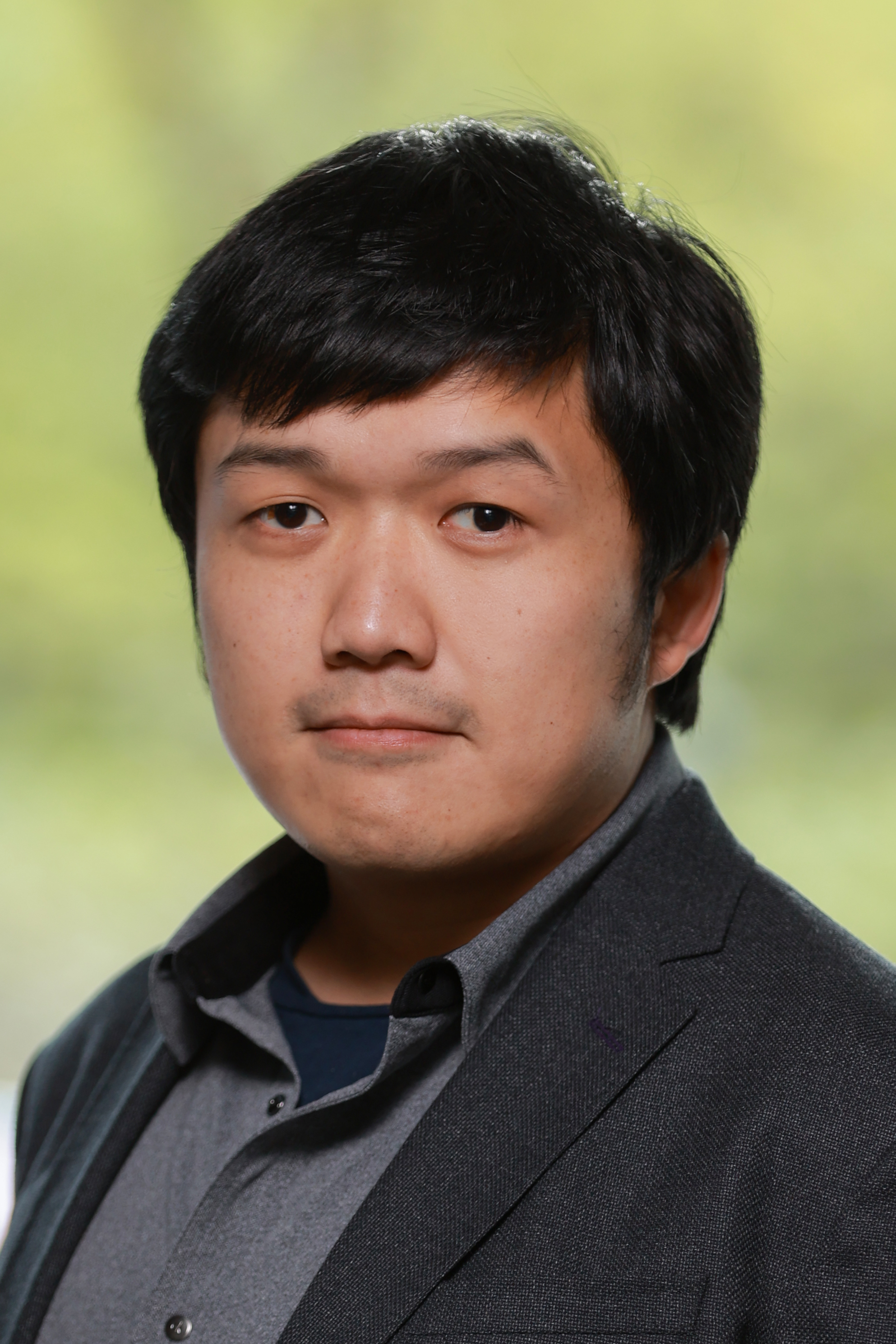
Jinzi Mac Huang
Applied Mathematics, Fluid Dynamics, Geophysics, Soft Matter Physics

Mathieu Laurière
Computational Methods, Optimal Control, Game Theory, Partial Differential Equations, Stochastic Analysis, Deep Learning, Reinforcement Learning
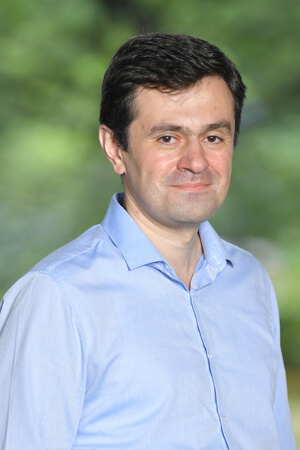
Vahagn Nersesyan
Stochastic PDEs, Random Dynamical Systems, Control Theory

Alejandro Ramirez
Probability Theory
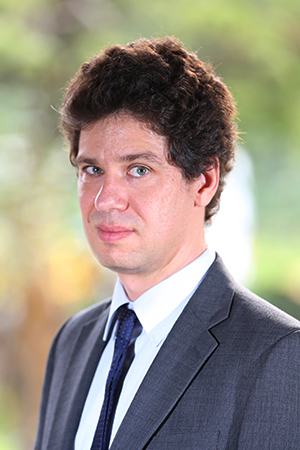
Pierre Tarres
Probability Theory, Statistics, Statistical Physics
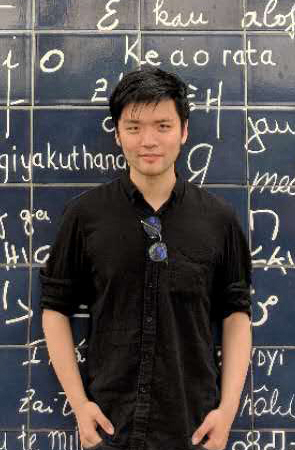
Wei Wu
Probability, Mathematical Physics
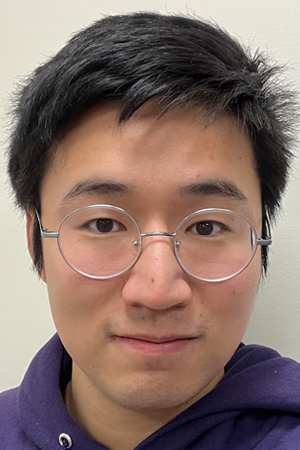
Zhuo-Cheng Xiao
Data-Driven Modeling, Applied Dynamical Systems, Coarse-Graining, Spiking Neural Networks
Recent Publications by NYU Shanghai Faculty
Mac Huang
- Mac Huang, Jinzi, and Nicholas J. Moore. "Morphological attractors in natural convective dissolution." arXiv preprint arXiv:2109.02212 (2021).
- Mac Huang, Jinzi, Michael J. Shelley, and David B. Stein. "A stable and accurate scheme for solving the Stefan problem coupled with natural convection using the Immersed Boundary Smooth Extension method." Journal of Computational Physics 432 (2021): 110162.
- Mac Huang, Jinzi, and Jun Zhang. "Controlling Thermal Convection with Side Heating." arXiv preprint arXiv:2103.04042 (2021).
Mathieu Laurière
- Carmona, R., and Laurière, M. Convergence analysis of machine learning algorithms for the numerical solution of mean field control and games: I - the ergodic case. To appear in SIAM Journal on Numerical Analysis (2021)
- Carmona, R., Cooney, D., Graves, C., and Laurière, M. Stochastic Graphon Games: I. The Static Case. To appear in Mathematics of Operations Research (2021)
- Achdou, Y., Laurière, M., and Lions, P.-L. Optimal control of conditioned processes with feedback controls. Journal de Mathématiques Pures et Appliquées (2020)
- Perrin, S., Pérolat, J., Laurière, M., Geist, M., Elie, R., and Pietquin, O. Fictitious play for mean field games: Continuous time analysis and applications. In 34th Conference on Neural Information Processing Systems, NeurIPS 2020 (2020)
- Elie, R., Pérolat, J., Laurière, M., Geist, M., and Pietquin, O. On the convergence of model free learning in mean field games. In 34th AAAI Conference on Artificial Intelligence, AAAI 2020
Vahagn Nersesyan
- V. Jaksic, V. Nersesyan, C.-A. Pillet, A. Shirikyan, Large deviations and entropy production in viscous fluid flows, Arch. Ration. Mech. Anal, 240: 1675-1725, 2021
- V. Nersesyan, Approximate controllability of nonlinear parabolic PDEs in arbitrary space dimension, Math. Control Relat. Fields, 11(2): 1–15, 2021
- V. Nersesyan, A proof of approximate controllability of the 3D Navier-Stokes system via a linear test, SIAM J. Control Optim., 59(4), 2411-2427, 2021
- S. Kuksin, V. Nersesyan, A. Shirikyan, Exponential mixing for a class of dissipative PDEs with bounded degenerate noise, Geom. Funct. Anal., 30(1): 126–187, 2020
- V. Jaksic, V. Nersesyan, C.-A. Pillet, A. Shirikyan, Large deviations from a stationary measure for a class of dissipative PDE’s with random kicks, Comm. Pure Appl. Math., 68(12): 2108–2143, 2015
Pierre Tarres
- Sabot, C., & Tarrès, P. (2021). The*-Vertex-Reinforced Jump Process. arXiv preprint arXiv:2102.08988.
- Bacallado, S., Sabot, C., & Tarrès, P. (2021). The*-Edge-Reinforced Random Walk. arXiv preprint arXiv:2102.08984.
- Merkl, F., Rolles, S. W., & Tarrès, P. (2021, May). Random interlacements for vertex-reinforced jump processes. In Annales de l'Institut Henri Poincaré, Probabilités et Statistiques (Vol. 57, No. 2, pp. 1058-1080). Institut Henri Poincaré.
- Lupu, T., Sabot, C., & Tarrès, P. (2021). Inverting the Ray-Knight identity on the line. Electronic Journal of Probability, 26, 1-25.
- Lupu, T., Sabot, C., & Tarrès, P. (2020). Fine mesh limit of the VRJP in dimension one and Bass–Burdzy flow. Probability Theory and Related Fields, 177(1), 55-90.
- Mac Huang, Jinzi, et al. "Ultra-sharp pinnacles sculpted by natural convective dissolution." Proceedings of the National Academy of Sciences 117.38 (2020): 23339-23344.
- Merkl, F., WW, R. S., & Pierre, T. (2020). Correction to: Convergence of vertex-reinforced jump processes to an extension of the supersymmetric hyperbolic nonlinear sigma model. Probability Theory and Related Fields, 176(3-4), 1445-1445.
- The Vertex Reinforced Jump Process and a Random Schrödinger operator on finite graph, C. Sabot, P. Tarres * and X. Zeng, Annals of Probability, Volume 45, Number 6A (2017), 3967-3986.
- Edge-reinforced random walk, vertex-reinforced jump process and the supersymmetric hyperbolic sigma model, C. Sabot and P. Tarres *, Journal of European Mathematical Society, European Mathematical Society (2015), Vol. 17, No. 9, 2353-2378.
- Online learning as stochastic approximation of the regularization paths: optimality and almost-sure convergence, P. Tarres and Y. Yao *, IEEE Transactions in Information Theory (2014), Vol. 60, No. 9, 5716-5735.
Wei Wu
- Massless Phases for the Villain model in d ≥ 3, with P. Dario, submitted
- C2 regularity of the surface tension for the ∇ϕ interface model, with S. Armstrong, submitted
- Maximum for Ginzburg-Landau fields, with D. Belius, to appear, Annals of Probability
- Four dimensional loop-erased random walk, with G. Lawler and X. Sun, Annals of Probability 2019, Vol. 47, No. 6
- Critical Percolation and the Minimal Spanning Tree in Slabs, with C. Newman and V. Tassion, Communications on Pure and Applied Math, Volume 70, Issue 11, (2017)
Zhuo-Cheng Xiao
- Zhuo-Cheng Xiao; Kevin K. Lin; Lai-Sang Young; Efficient models of cortical activity via local dynamic equilibria and coarse-grained interactions. Proceedings of the National Academy of Sciences. 2024 Jul 2;121(27):e2320454121.
- Zhuo-Cheng Xiao; Kevin K. Lin; Lai-Sang Young; A data-informed mean-field approach to mapping of cortical parameter landscapes, PLOS Computational Biology, 2021, 17(12): e1009718
- Tianyi Wu; Yuhang Cai; Ruilin Zhang; Zhongyi Wang; Louis Tao; Zhuo-Cheng Xiao; Multiband oscillations emerge from a simple spiking network, Chaos: An interdisciplinary journal of nonlinear science, 2023, 33(4)
- Zhuocheng Xiao; Kevin Lin; Jean-Marc Fellous ; Conjunctive reward–place coding properties of dorsal distal CA1 hippocampus cells, Biological Cybernetics, 2020, 114(2): 285-301
- Zhuo-Cheng Xiao; Kevin K. Lin; Multilevel monte carlo for cortical circuit models, Journal of Computational Neuroscience, 2022, 50: 9-15
- Yuhang Cai; Tianyi Wu; Louis Tao; Zhuo-Cheng Xiao; Model Reduction Captures Stochastic Gamma Oscillations on Low-Dimensional Manifolds, Frontiers in Computational Neuroscience, 2021,15
Selected Faculty and Student Features
"Probability Conference Gathers Top Mathematicians" (Wu Wei, Pierre Tarrès, Alejandro Ramírez)
"Is Modeling the Brain Too Time-Consuming? See How Math Can Help" (Zhuo-Cheng Xiao)
"NYU Shanghai Awards First PhD in Mathematics" (Shuo Qin)
"Dialogue with Pierre Tarrès, Co-Director of the NYU-ECNU Institute of Mathematical Sciences at NYU Shanghai" (Pierre Tarrès, Mathieu Laurière, Mac Huang, Vahagn Nersesyan, Alejandro Ramírez)
"Three Faculty Members Receive NYU Shanghai Tenure" (Vahagn Nersesyan, Alejandro Ramírez)
"Controlling Heat with Heat: New Approach Proposed to Tame Thermal Convection" (Mac Huang)
"Institute Members Participate in Research Funded by NSFC Major Research Plan" (Mac Huang)
"Math Mini-Course: Introduction to Mean Field Games" (Mathieu Laurière)
"NYU Shanghai Hosts International Forum of Fluid Physics" (Mac Huang)
"NYU Shanghai Professor Identifies Final Shape of Stone Forest Pinnacles" (Mac Huang)
"How Do Stone Forests Get Their Spikes? New Research Offers Pointed Answers" (Mac Huang)
“NYU Shanghai Launches New Mathematics PhD” (Pierre Tarres)
"Faculty Spotlight: Pierre Tarres" (Pierre Tarres)
Structure of Program
Participating students complete the PhD degree requirements set by the NYU Courant Institute and in accordance with the academic policies of NYU GSAS. Each student develops an individualized course plan in consultation with the Director of Graduate Study at the NYU Courant Institute and the student’s NYU Shanghai faculty advisor. A typical sequence follows:
in Shanghai
border
Begin program with funded research rotation, up to 3 months preceding first Fall semester, to familiarize with NYU Shanghai and faculty as well as lay a foundation for future doctoral study.
(Fall and Spring)
in New York
border
Complete PhD coursework at NYU Courant Institute alongside other NYU PhD students.
in Shanghai
border
Return to Shanghai for second funded research rotation to solidify relationships with NYU Shanghai faculty and make further progress in research.
through Year 5
in Shanghai
border
Under supervision of NYU Shanghai faculty advisor, pursue dissertation research and continue coursework. Depending on each student’s individualized course of study, return visits to New York may also occur. Complete all required examinations and progress evaluations, both oral and written, leading up to submission and defense of doctoral thesis.
To learn more about the NYU Mathematics PhD program degree requirements, please visit this page.
Current Students
| Name | Research Areas |
| Xingjian Di | Probability Theory, Mathematical Physics |
| Lev Fedorov | Probability, Mathematics of Machine Learning, Mathematical Finance, Mean Field Games |
| Mengjian Hua | TBD |
| Huilin Li | Applied Math, Differential Equations |
| Yuejia Zhang | Fluid Dynamics, Partial Differential Equations |
| Jiaming Chen | Probability |
Alumni
| Name | Placement |
| Shuo Qin | Postdoc at Beijing Institute of Mathematical Sciences and Applications |
Application Process and Dates
Applications are to be submitted through the NYU GSAS Application portal, within which students should select the Mathematics PhD as their program of interest, and then indicate their preference for NYU Shanghai by marking the appropriate checkbox when prompted. Applicants will be evaluated by a joint admissions committee of New York and Shanghai faculty. Application requirements are set by the NYU Courant Institute and are the same as those for all NYU PhD applicants, no matter their campus preference; however, candidates are recommended to elaborate in their application and personal statements about their specific interests in the NYU Shanghai program and faculty.
For admission in Fall 2026, the application deadline is January 4, 2026.
Contact Us
Interested students are welcome to contact Vivien Du, PhD Program Manager, at shanghai.phd@nyu.edu with any inquiries or to request more information.

